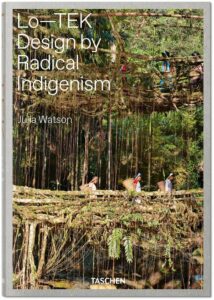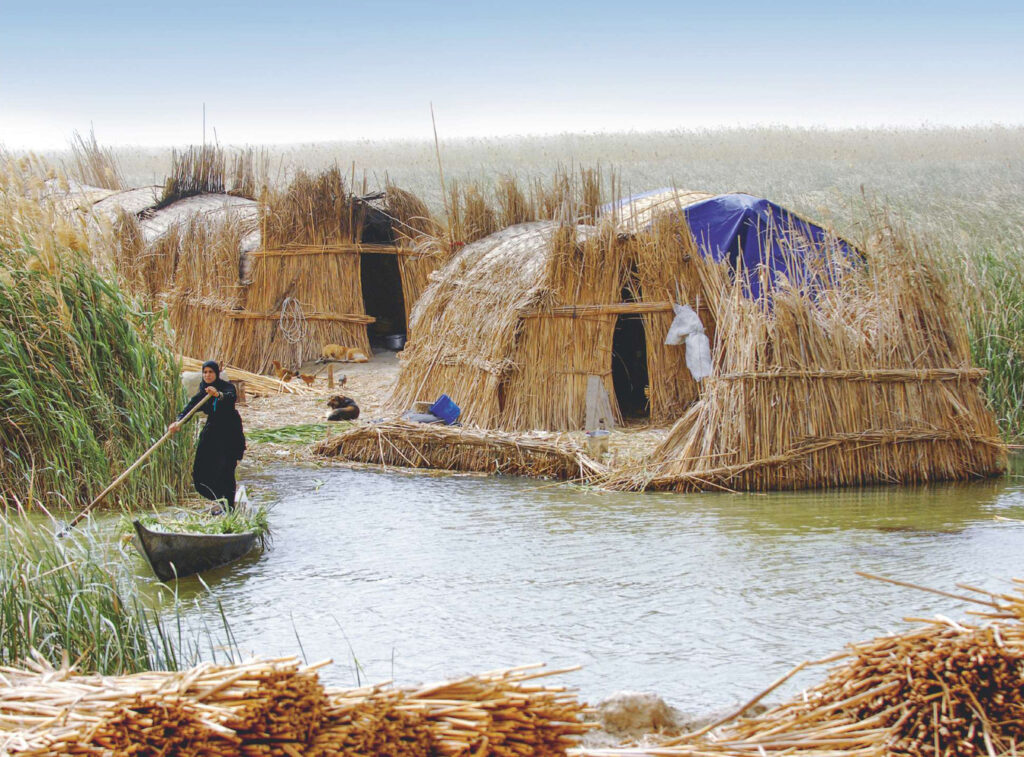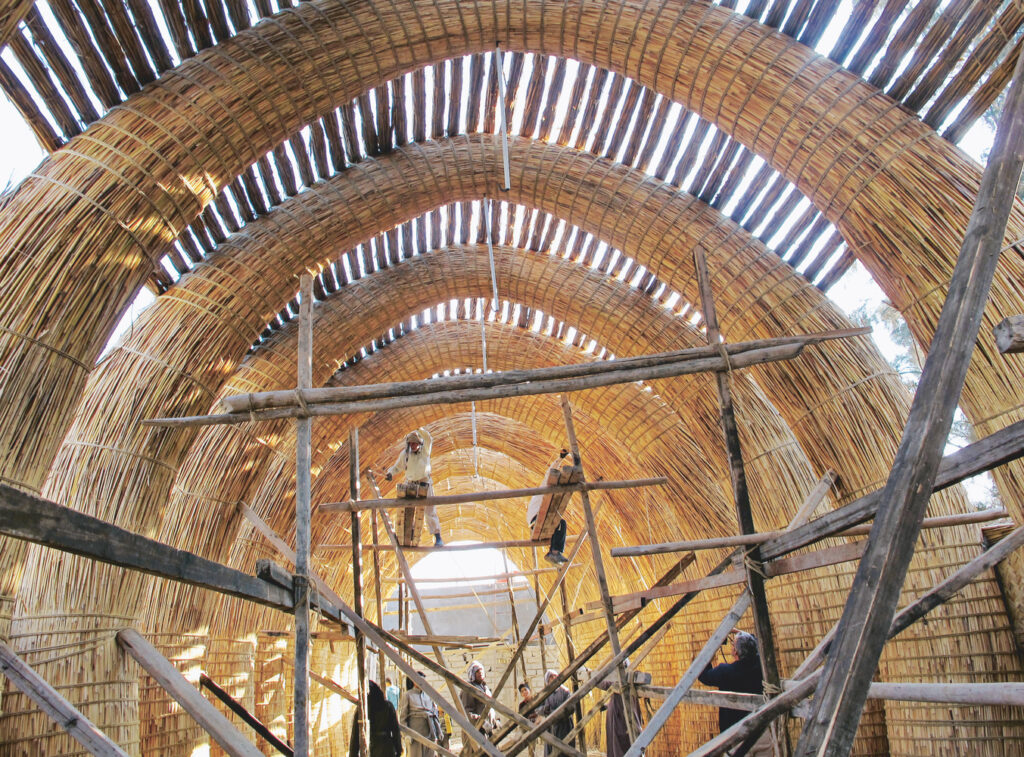 In her book Lo-TEK: Design by Radical Indigenism, Julia Watson proposes to revalue the techniques of construction, production, cultivation and extraction carried out by diverse remote populations who, generation after generation, have managed to keep alive ancestral cultural practices integrated with nature, with a low environmental cost and simple execution. While modern societies try to conquer nature in the name of progress, these indigenous cultures worked in collaboration with nature, understanding ecosystems and species cycles to articulate their architecture into an integrated and interconnected whole.
In her book Lo-TEK: Design by Radical Indigenism, Julia Watson proposes to revalue the techniques of construction, production, cultivation and extraction carried out by diverse remote populations who, generation after generation, have managed to keep alive ancestral cultural practices integrated with nature, with a low environmental cost and simple execution. While modern societies try to conquer nature in the name of progress, these indigenous cultures worked in collaboration with nature, understanding ecosystems and species cycles to articulate their architecture into an integrated and interconnected whole.
While society values and proudly preserves the architectural artifacts and artifacts of cultures that no longer exist – such as the pyramids of Giza that are over four thousand years old – the practices of the living are displaced, however ancient they may be. Few people know, for example, about the technology behind the construction of the floating islands of the Ma’dan people in the wetlands of southern Iraq, even though they are more than 6,000 years old. Julia dedicates her editorial work “to the next seven generations” and hopes to illuminate a new path where these practices are revalued and, by adapting to contemporary needs, can promote a future where the notions of technology and nature are worked in an integrated way.
 The term Lo-TEK, composed by the author, brings together the abbreviation “Low-Tech” and the acronym TEK, which stands for “Traditional Ecological Knowledge”. This concept seeks to revalue technologies that, overshadowed by mechanized and highly complex systems, are considered simple, unsophisticated and primitive. The destructive and global approach of high technology, which takes all places as if they were homogeneous and uniform and is not enough to respond to the natural complexity of each particular ecosystem.
The term Lo-TEK, composed by the author, brings together the abbreviation “Low-Tech” and the acronym TEK, which stands for “Traditional Ecological Knowledge”. This concept seeks to revalue technologies that, overshadowed by mechanized and highly complex systems, are considered simple, unsophisticated and primitive. The destructive and global approach of high technology, which takes all places as if they were homogeneous and uniform and is not enough to respond to the natural complexity of each particular ecosystem.
 Design by “radical indigenism” seeks to reconstruct and understand indigenous philosophies in relation to design, construction and production in order to generate sustainable and resilient infrastructures adapted to each particular ecosystem. This movement bridges the gap between innovation, architecture, urbanism, conservation and indigenism. Once hybridized and scaled, these indigenous technologies could offer a new path for our contemporary societies, reducing humanity’s ecological footprint and mitigating the predicted collapse.
Design by “radical indigenism” seeks to reconstruct and understand indigenous philosophies in relation to design, construction and production in order to generate sustainable and resilient infrastructures adapted to each particular ecosystem. This movement bridges the gap between innovation, architecture, urbanism, conservation and indigenism. Once hybridized and scaled, these indigenous technologies could offer a new path for our contemporary societies, reducing humanity’s ecological footprint and mitigating the predicted collapse.
 The book tells how indigenous cultural practices are closely linked to their myths and rituals, which have managed to cross generations to the present day. For the peoples of the Andes, for example, the land is alive, and every feature of the landscape, every hill, mountain, stream and forest has a name and is imbued with meaning and ritual. The sacred stories and myths surrounding nature have given a great deal of spirituality to the actions by which these people transform and work their land. This sense of belonging and reciprocity with nature is based on respect for the environment and the search for a natural balance.
The book tells how indigenous cultural practices are closely linked to their myths and rituals, which have managed to cross generations to the present day. For the peoples of the Andes, for example, the land is alive, and every feature of the landscape, every hill, mountain, stream and forest has a name and is imbued with meaning and ritual. The sacred stories and myths surrounding nature have given a great deal of spirituality to the actions by which these people transform and work their land. This sense of belonging and reciprocity with nature is based on respect for the environment and the search for a natural balance.
 In this sense, Lo-TEK is presented as a catalogue of more than one hundred indigenous innovations in four ecosystems around the world: mountains, forests, deserts and wetlands. In each sector, indigenous, low-cost and easy-to-build infrastructure and technologies are examined and integrated with traditional ecological knowledge.
In this sense, Lo-TEK is presented as a catalogue of more than one hundred indigenous innovations in four ecosystems around the world: mountains, forests, deserts and wetlands. In each sector, indigenous, low-cost and easy-to-build infrastructure and technologies are examined and integrated with traditional ecological knowledge.
You can read the original review at www.archdaily.com
